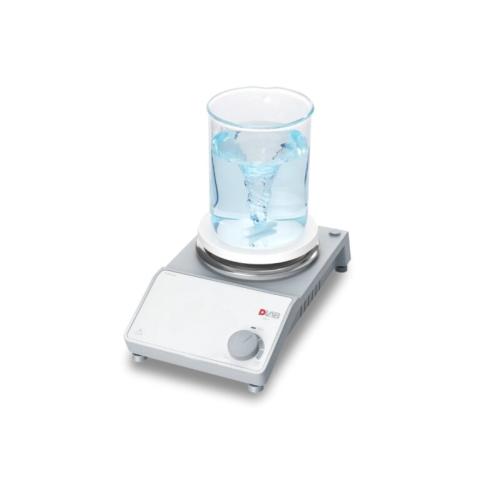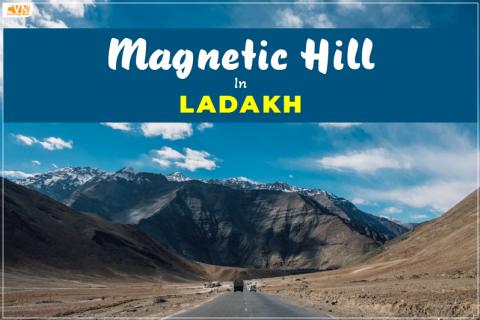The Magnetic Sensor Market is experiencing significant growth, with its size valued at USD 4.32 billion in 2022. It is projected to expand to USD 10.28 billion by 2032, growing at a CAGR of 8.70% during the forecast period (2024-2032). The increasing demand for magnetic sensors in various applications, such as automotive, consumer electronics, healthcare, and industrial automation, is driving the market forward.
Key Market Drivers
- Rising
Demand for Automotive Applications
One of the major drivers of growth in the magnetic sensor market is the increasing use of these sensors in automotive applications. They are widely used in electric vehicles (EVs), anti-lock braking systems (ABS), and tire pressure monitoring systems (TPMS), providing reliable and accurate performance monitoring. - Growing
Use in Consumer Electronics
Magnetic sensors are integral to many consumer electronics, such as smartphones, tablets, and wearables, where they are used for position sensing, navigation, and orientation detection. With the growing adoption of these devices, the demand for magnetic sensors is expected to rise. - Industrial
Automation and Robotics
The rise in industrial automation and robotics across industries like manufacturing, aerospace, and energy is fueling the demand for magnetic sensors. These sensors help ensure precise positioning and motion control, which is essential in automation systems. - Advancements
in Healthcare Applications
Magnetic sensors are increasingly being used in medical devices, such as pacemakers and MRI machines, to enhance performance and patient safety. As the healthcare sector continues to grow, so too does the demand for highly accurate and reliable magnetic sensors. - IoT
and Smart Devices
The Internet of Things (IoT) is another significant driver, as magnetic sensors are a crucial component in IoT systems for applications like smart homes, wearables, and smart cities. They enable accurate environmental monitoring and automation.
Emerging Trends
- Miniaturization:
As devices become smaller, there is a growing trend toward the development
of compact and highly sensitive magnetic sensors.
- Integration
with AI: The integration of magnetic sensors with artificial
intelligence is enabling more accurate and predictive analytics for
applications like industrial monitoring and healthcare diagnostics.
- Increased
Focus on Low-Power Sensors: With the growth of wearable devices and
IoT, there is a greater emphasis on developing energy-efficient, low-power
magnetic sensors for extended battery life.
Regional Insights
North America and Europe hold a significant share of the
market, driven by the high adoption of advanced automotive technologies and
industrial automation. However, the Asia-Pacific region is expected to witness
the highest growth during the forecast period, fueled by the rapid
industrialization and the increasing demand for consumer electronics in
countries such as China, Japan, and South Korea.
Challenges
- High
Manufacturing Costs: The complexity of manufacturing high-precision
magnetic sensors can lead to high production costs, which may limit their
adoption in cost-sensitive industries.
- Environmental
Sensitivity: Magnetic sensors can be sensitive to environmental
factors like temperature, humidity, and external magnetic fields, which
can affect their performance and reliability.
Read More
gigabit ethernet camera market
terrestrial trunked radio market
wearable fitness technology market






